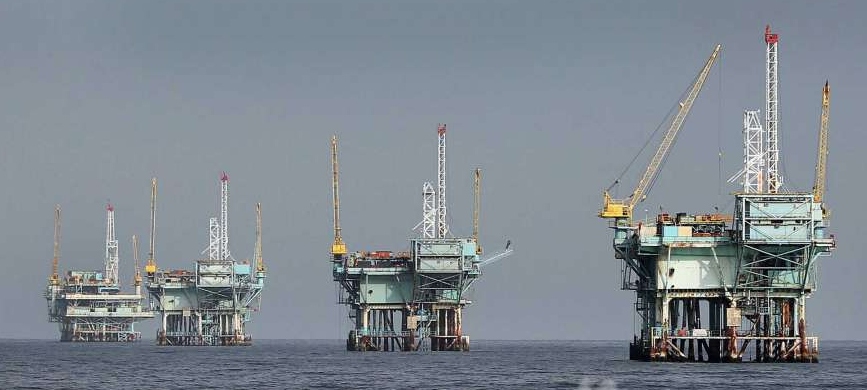Fuel Trend Report Reveals Geopolitical Factors Causing Price Volatility

Motus a leading vehicle management and reimbursement platform, released its annual Fuel Trend Report, which reveals key data related to current fuel prices and industry changes that will affect prices over the next year.
The 2019 Fuel Trend Report identified that the state of crude oil – and geopolitical factors impacting supply and demand of crude oil – will lead to continued fuel price uncertainty, likely resulting in a slight rise in price in early 2019. Specifically, average national fuel prices are expected to increase to $2.52 per gallon from January to June 2019. This is about a 6.7 percent increase over the December 2018 national average price of $2.37 per gallon.
“The main factors that affect fuel prices are the cost of crude oil, refining costs and profits, distribution and marketing costs, and profits and taxes,” said Ken Robinson, market research analyst for Motus. “Crude oil accounted for 61 percent of the price of every gallon of gasoline between 2008 and 2017, so a surplus or shortage in oil production as a result of geopolitical factors significantly impacts the prices we pay at the pump.”
The report also found that over the past twelve months, fuel accounted for 22 percent of the total cost to own and operate a vehicle. Other major factors include insurance, new vehicle prices, and depreciation.
“Market volatility is inevitable and, unfortunately, consumers are at the whim of the legislators and oil producers calling the shots. However, it’s important that individuals and businesses are aware of how fluctuating fuel costs impact them – especially in cases where mobile workers drive more than three thousand miles a year for their job,” said Craig Powell, CEO of Motus. “It’s difficult for most organizations to track the constant spikes and dips in fuel pricing – which directly impacts those employees who drive for work every day. So, accounting for the true cost of fuel within these fluctuations, which Motus does, and other driving-related expenses in the geography in which an employee lives and drives is the only way to ensure that employees are reimbursed accurately and fairly – something regulators and plaintiff’s attorneys are increasingly focused on. With the right solution in place, employers can ensure they’re accurately reimbursing their employees in a defensible and fair manner, regardless of the fluctuations and changes driven by today’s complicated geopolitical landscape.”
Additional findings in the 2019 Fuel Trend Report include:
. Between 2008-2017, the average retail price per gallon of gasoline was $2.94. While crude oil accounted for the majority of the price of every gallon of gasoline, federal and state taxes accounted for 15 percent, distribution and marketing accounted for 12 percent and refining costs and profits accounted for 12 percent of the cost.
·The average U.S. retail gasoline price has decreased 5.5 percent between December 2017 and December 2018, from $2.49 to $2.37.
·In recent months, a surplus has emerged in the global crude market. While Saudi Arabia has already announced that it will slash oil production to rebalance the market, the U.S. is expected to continue to increase oil production in 2019 to a new record level surpassing past highs.
·Prices are expected to gradually increase in the spring as the summer driving season approaches. The current round of Iran sanctions waivers expires in May, so an abrupt falloff in crude supply could drive a short-term price spike.
Category: Fuel & Oil, General Update, News









